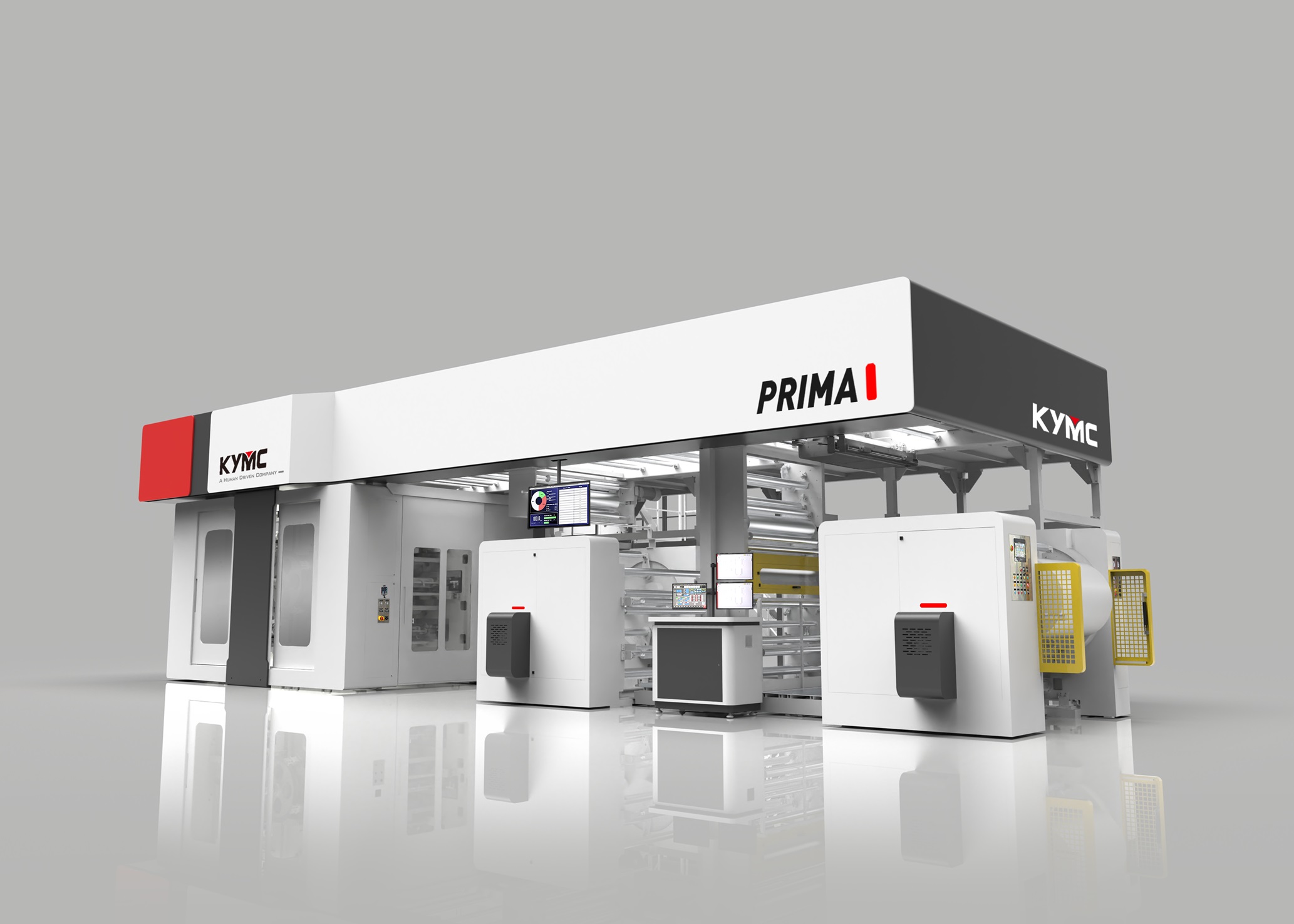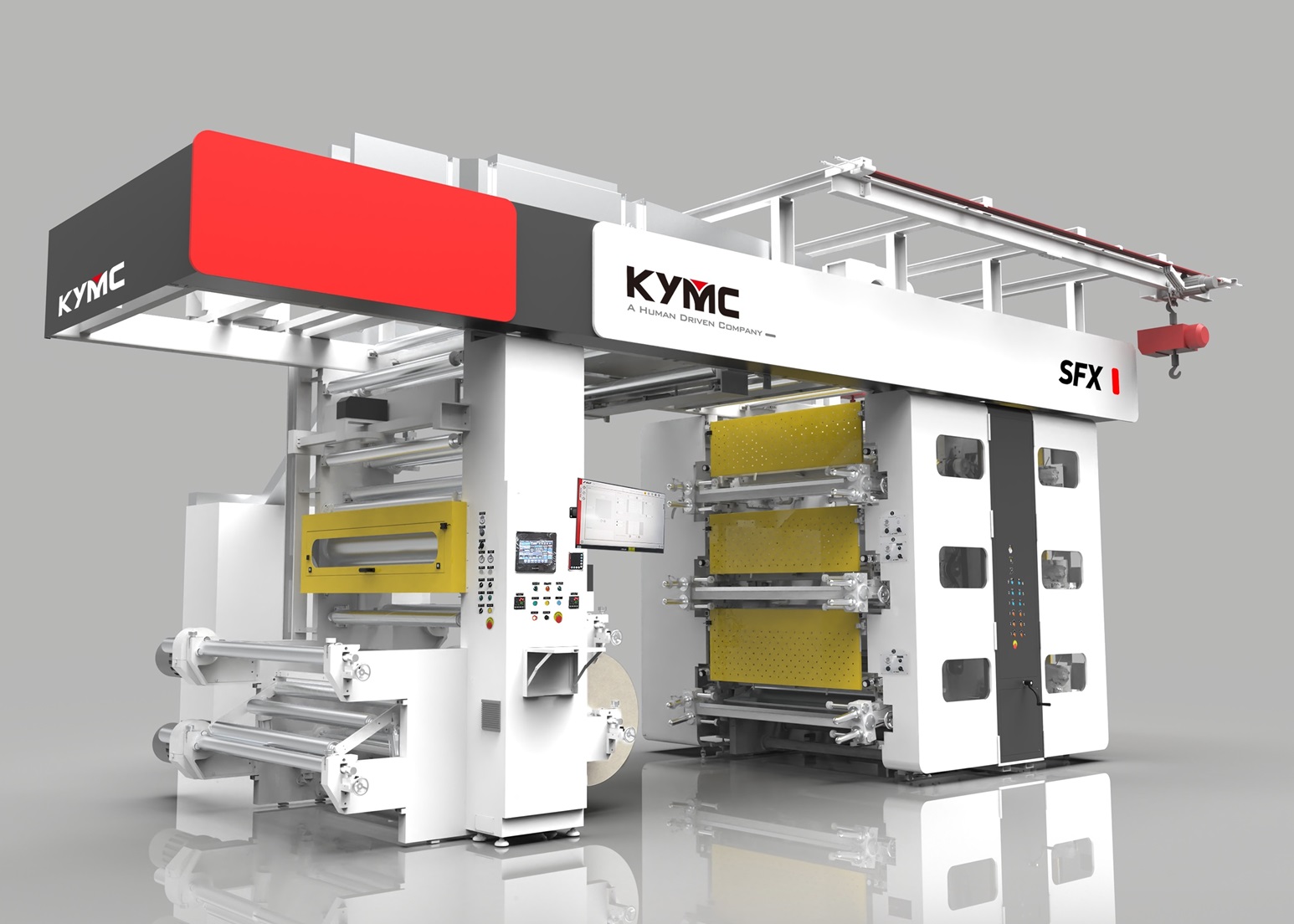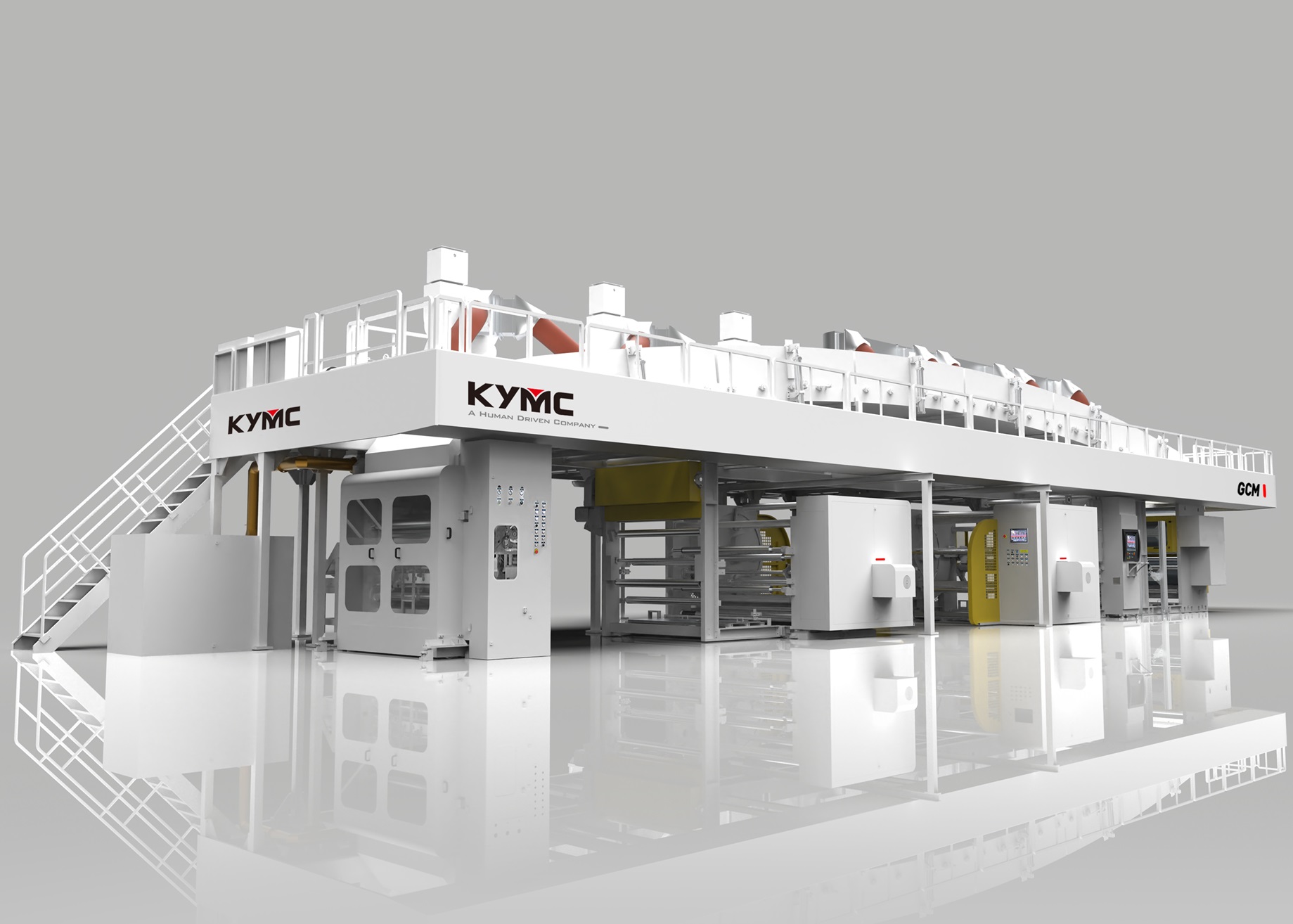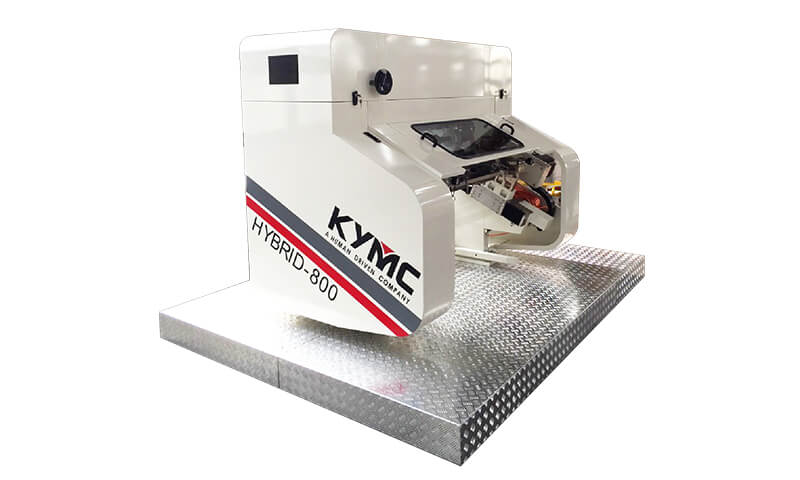Establish a green water based flexo printing operation

Environment, Social and governance, in short ESG. This is the trend for the coming decade. Environment refers to how much an organization considers the protection of natural resources including factors such as climate change and energy consumption. In a flexo printing context: the reduction of VOC emissions, the energy efficiency and the energy recyclability of a flexo press. Social refers to how an organization treats people including factors such as making a positive impact on the local communities, employee and customer health and safety. In a flexo printing context: the monitoring and control of solvent levels in the production environment to ensure employee health and safety, the low ink migration that ensures the customers’ health, the controlled VOC emission that prevents pollution to the local regions. Governance refers to how a corporation polices itself, focusing on internal system control and practices to maintain compliance. In a flexo printing context: the ISO 9001 certification for quality management operations, the CE, CSA, NEC, IEC and ATEX certification for the press.
Over time, consumers are becoming more conscious of environmental sustainability, the social impact and the transparency of a company’s governance. Therefore, flexo printers need to make the investments and to make the transformations necessary to keep up with this trend. There are many approaches to becoming an ESG orientated company. One approach is to establish a green water based flexo printing operation. Through a water based flexo printing operation, VOC emission can be reduced, and with the right drying setup on the press, energy consumption can be reduced. From a work environment perspective, safety can be improved due to the lower level of solvents in the atmosphere. From a company governance perspective, the operation and press certifications will be much easier since the company is adopting a safer process to begin with.
To understand the water based flexo printing operation more. Let’s begin by exploring the differences between a solvent based ink and a water-based ink from a cost perspective.
Ink Composition
In general, the composition of the solvent based ink is 65% organic solvent and 35% pigment and resin. The composition of water based ink is 55% waster, 5% organic solvent and 40%pigment and resin.
Ink Cost
In a film application, the solvent based ink cost is 50% to 100% cheaper than the water based ink depending on the geographic location. In a paper application, the solvent based ink cost is 80% to 100% higher than the water based ink depending on the geographic location.
Treatment cost of waste ink
The cost of dealing with solvent based ink waste is higher than the cost of dealing with water based ink.
VOC Emission Cost
As you can tell from the ink composition. Water based ink contains much less solvent when compared to the solvent based ink. Therefore water based ink printing operation emits a much lower level of VOC. As more and more countries are directly taxing or indirectly taxing the emission of greenhouse gases to reduce carbon footprint. The more VOC that is emitted will turn into more cost for the company.
Environmental Safety Cost
A lower level of solvents in the working environment means a safer working environment. Not only is a safer environment created. A healthier environment is also created. This means less risk and less cost for the company when it comes to the employee’s well-being when choosing water based ink operation over a solvent based ink operation.
Energy Cost
On a non-coated paper application the energy cost involved in drying will be about the same between water baesd ink and solvent based ink. However, on a film application the energy cost involved in drying will be higher for water based ink and lower for solvent based ink.
Overall Cost
On a paper application, the water based ink has the relative edge over the solvent based ink in terms of cost, starting with the initial ink cost to the indirect cost generated during the flexo print operation. On a film application, even though the initial ink cost is higher for water based ink, but when you account for all the indirect costs involved such as treatment cost of ink waste, VOC purification cost, carbon emission cost and the social cost involved, the overall operating cost for water based ink may be lower when compared to solvent based ink.
From a cost perspective, in general, the water based ink outperforms the solvent based ink. If this is the case why isn’t the water based ink adoption rate higher in the current market, especially in the Asia region where solvent based ink is still the dominant flexo process. This is due to the below reasons.
Initial press investment
The flexo press will need to be equipped with corona treatment when dealing with water based ink flexo printing on film. This is to ensure that the dyne level of the film substrate is at least above 42. Due to this reason, the company will think that it needs to invest more on a flexo press and shy away. However, an water based ink operation is a safer operation when compared to solvent based ink operation. Therefore, the company can invest less in sensors, electronic control units, and motors to reach safety standards.
Energy consumption
Many will think that the energy consumption of drying is higher for water based ink when compared to solvent based ink. This is only partially correct, because it is true for printing on film substrate(on average needing 50% to 70% more drying capacity), but may not the case on paper substrate.
Substrate constraint
Water based ink performs great on paper substrate but may be more challenging on film substrate. However, with an experienced operator and the right flexo equipment, this challenge can be overcome.
Production speed efficiency
By default, the water based ink application will have a slower printing speed process when compared to solvent based ink application on film. This is to ensure that the ink will dry. However, when we look at the whole picture, we will need to consider how much slower will make an impact on the business operation. Is a 10% reduction in speed impactful? how about 20%...? In general, the slower printing speed will be more impactful on long run jobs and less impactful on short run jobs.
Supply chain issue
Finding the right water based ink supplier may be more difficult in Asia than in America or Europe. In regions that are less mature in water based application, sourcing can be an issue. However, as ESG is becoming more and more important around the globe, this challenge is expected to be reduced in the near future.
With challenges, there will be solutions. At KYMC we have served many companies across the globe in their transformation to become an ESG-orientated organization. To help these companies establish a green water based flexo printing operation, KYMC delivers high qualify presses equipped with the necessary functions, and at the same time providing consulting advice.
Case1: A public traded company in Malaysia came to KYMC for help. As a rotogravure based printer, it provides over 1,000 plastic packaging products for the international market. However, as their customers are getting more environmentally conscious, the customers are demanding more environmental solutions. Therefore the company is seeking a greener printing process that can work with LDPE materials and NCPP materials that have high stretching characteristics. KYMC supported them in the transition with 1 month of onsite extensive training. The result was 35% in cost savings compared to the existing process, an increase in the product line, customer base and revenue.
Case 2: A rotogravure printer in Taiwan producing gift wrap papers switched over to water based flexo printing. During the transition KYMC helped the company in its factory setup, providing printing accessories like printing sleeves and anilox to make the transition smoother. To provide technical and managerial training. The result was a 15% - 20% in cost reduction. The customer was so satisfied that it purchased 5 more presses from KYMC after the first.
ESG is about caring for the environment, social impact, and internal governance. When a company wants to transform itself into a ESG oriented company, there will many hard decisions that the company will have to make. To decide how to make a balance between short term cost versus long term costs. To decide how to make a balance between short term impact and long-term impact. The start of a transformation is always hard, but KYMC is here for our customers. To hold our customers’ hand to ensure our customers will succeed in the long term and to make an impact in the long term.


























